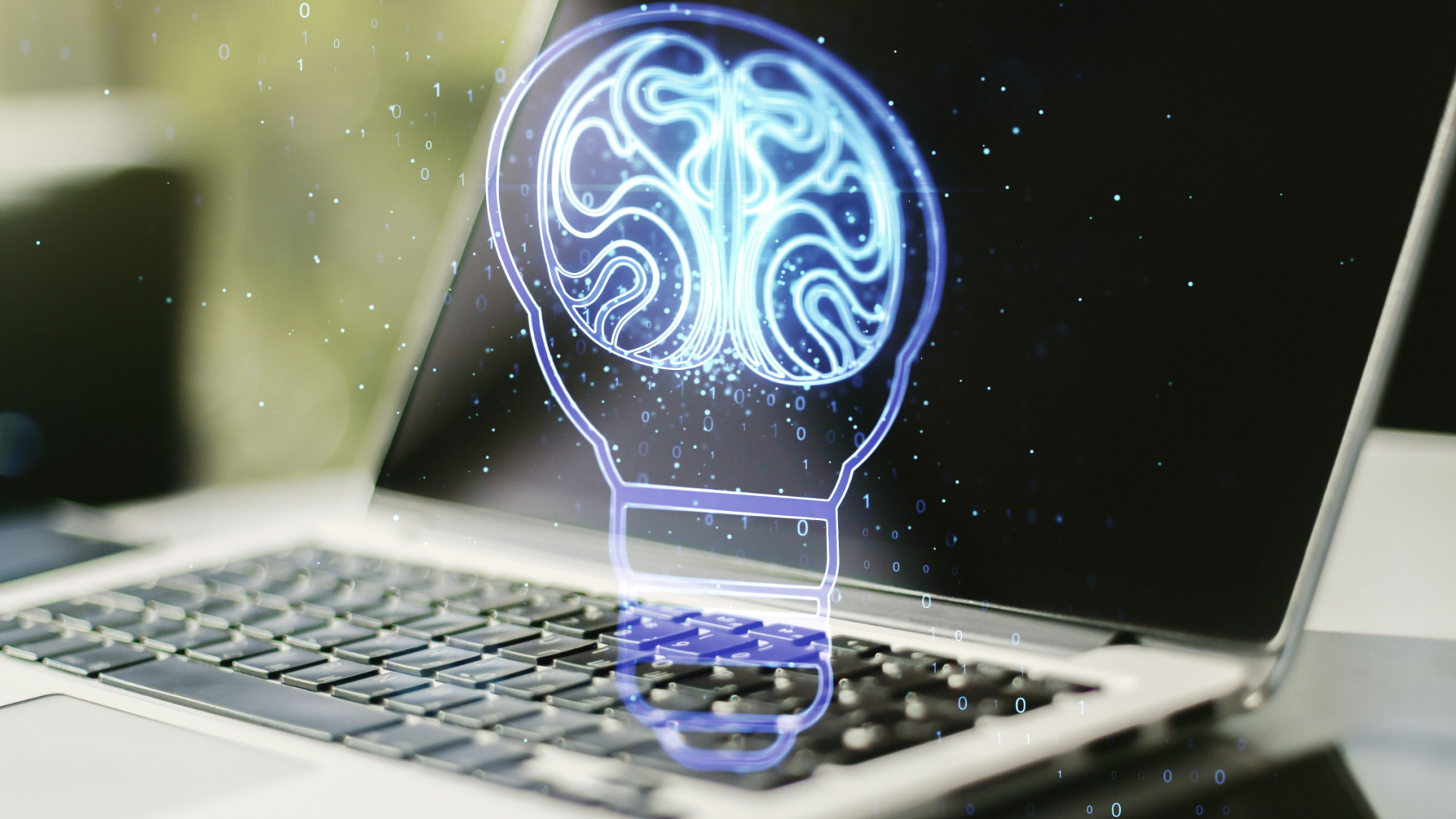Human brain cells are trouncing computers in raw speed and power
Forget AI - OI is the new buzzword

Scientists are using human brain cells to create biocomputers that offer “unprecedented advances in computing speed, processing power, data efficiency and storage capabilities” over the current zeitgeist in computer processing, artificial intelligence (AI).
Per an article in academic journal Frontiers in Science (FiS), scientists note that this form of biocomputing, known as organoid intelligence (OI), is a natural progression because AI was inspired by our understanding of the human brain.
OI is driven by lab-grown cell-cultures known as brain organoids, three-dimensional clusters of brain cells, sharing structures, such as neurons and other cells that power our capacity for memory and to learn.
Organoid intelligence
This certainly sounds impressive, but, just like AI, OI has to break the skepticism barrier on its own. After all, isn’t the reason why we defer most of the tasks in our daily lives to computers precisely because they operate faster than we do?
Article co-author Thomas Hartung, Professor at John Hopkins University's Bloomberg School of Public Health, thinks that trying to get computers to think like humans is less effective than simply making the human element central to a computer.
“Silicon-based computers are certainly better with numbers,” Hartung explained. “For example, AlphaGo [an AI that beat the world’s #1 Go player in 2017] was trained on data from 160,000 games. A person would have to play five hours a day for more than 175 years to experience that many games.”
“[But] we’re reaching the physical limits of silicon computers because we cannot pack more transistors into a tiny chip. The brain is wired completely differently. It has about 100bn neurons linked through over 1015 connection points. It’s an enormous power difference compared to our current technology.”
Sign up to the TechRadar Pro newsletter to get all the top news, opinion, features and guidance your business needs to succeed!
Hartung also claimed that brains are more energy efficient that the computers powering AI models. “For instance, the amount of energy spent training AlphaGo is more than is needed to sustain an active adult for a decade.”
OI is still in its infancy and has several shortcomings, not least that brain organoids currently contain about 50,000 cells when, to be practical, this needs to be scaled up to “10 million”, according to Hartung.
And just like with AI, there are ethical concerns, though the idea that clusters of actual human brain cells could develop consciousness is perhaps more pressing than the notion that a computer could.
Still, in December 2022, one of the FiS article’s co-authors, Dr. Brett Kagan, authored a study where a flat brain cell structure learned to play Pong, and the science community has bigger plans for the technology.
For instance, Hartung noted that “personalized brain organoids” can be cultured from adult skin cells, allowing scientists to study the effects of neurological conditions, such as Alzheimers, and test the effects of certain substances on learning and memory processing.
The challenge from here, according to him, is building up a scientific community willing to investigate OI further.
AI having its day in the sun suggests that this is a realistic goal, but we have, in all likelihood, a long time - years, perhaps decades - to go before the technology is in any way usable or bearable within an enterprise setting. That’s never stopped us from reporting on cool, far-off future developments like DNA storage before, though.
- Here’s our list of the best business computers right now

Luke Hughes holds the role of Staff Writer at TechRadar Pro, producing news, features and deals content across topics ranging from computing to cloud services, cybersecurity, data privacy and business software.